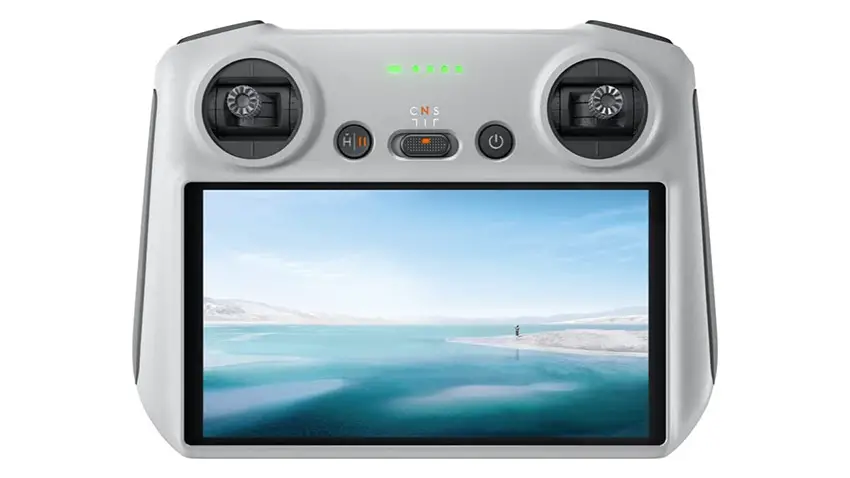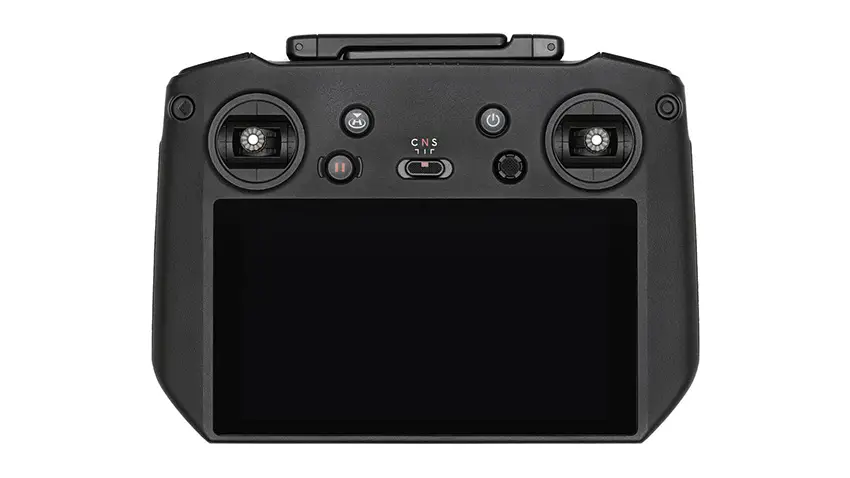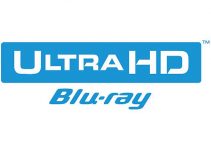Among all the new, fun changes that came with the Mini 3 Pro one of the cool parts was the brand-new DJI RC controller. DJI managed to add a screen to the device while keeping the controller on the more affordable side at just over $300.
Before, the only similar options were north of $1,000 and only compatible with the bigger drones.
There is still the RC Pro model and you might want to know just how different the two controllers are considering that there is a 4x difference in cost if you want to upgrade. Find out more and see a comparison in this video from Jeremy Toh.
At launch the DJI RC only worked with the new Mini 3 Pro. Recently, DJI released a firmware update for the controller that made it compatible with more drones – including the Mavic 3. Before now you had to buy the much more expensive RC Pro so we should see how the two compare.

Image Credit: DJI
As we already mentioned there is a big price difference. The standard RC runs $309 and the RC Pro costs $1,199.
Both share a lot of features:
- Separate buttons for photos and videos
- Separate dials for gimbal and zoom
- Customizable buttons on the back
- 5.5” display
- Android OS

Image Credit: DJI
What does that extra $900 for the RC Pro get you?
- 32GB internal storage and microSD slot (only microSD on standard RC)
- Mini-HDMI output
- Screen recording at 1080p (versus 720p on RC)
- 1000 nits brightness (versus 700 nits on RC)
- Ability to install third-party apps
No matter what, each of these is a huge improvement over the older controllers which required you to attach a phone. I’ve had a moment where I had a phone restart mid-flight and that is a scary moment, so having it all in a dedicated controller is a huge plus.
You will still need your phone to perform firmware updates, look at maps, or update flight logs.
Besides the literal cash spent, there are additional costs to going Pro. The standard RC weighs in at 385g and has a 5200mAh battery that’ll run for about 4 hours. The RC Pro clocks in at 680g and has a smaller 5000mAh battery and only 3 hours of runtime.
Part of this added weight is the antennae. The RC Pro has two transmitters and four receivers along with OcuSync 3.0+. This should provide more reliability and range.
In real-world tests they took the Mavic 3 and flew it out as far as they reasonably could. With the RC that was 9km, though they were confident they could get up to 10km. The RC Pro pushed a little bit farther at 9.3km but also could’ve gone farther. They did run earlier tests and made it 10.6km.
Honestly, it doesn’t seem like that extra $900 is getting most people enough to make the RC Pro worth it. The standard RC is looking like a great deal for most DJI pilots.
What do you think? Would you still spend the extra money on the RC Pro?
[source: Jeremy Toh]
Order Links:
- DJI RC (B&H, Amazon)
- DJI RC Pro (B&H, Amazon)
- DJI Mini 3 Pro Drone (B&H, Amazon)
- DJI Mavic 3 Drone (B&H, Amazon)
Disclaimer: As an Amazon Associate partner and participant in B&H and Adorama Affiliate programmes, we earn a small comission from each purchase made through the affiliate links listed above at no additional cost to you.


